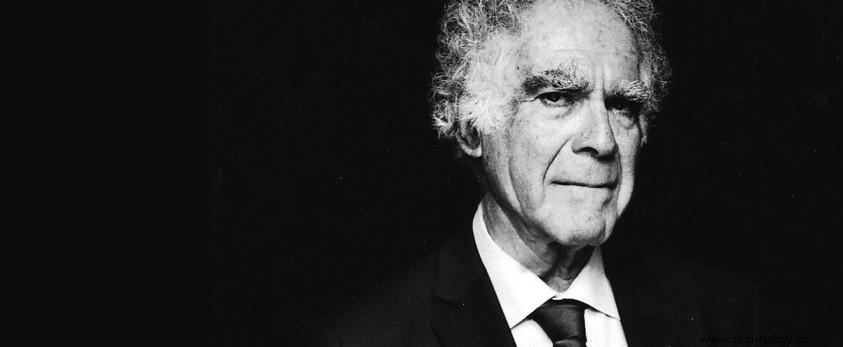
Micro-history it is the story of small events that serves as an anchor point to analyze in detail the big events, and which differs from the macro story, that is the story of big events, especially in the general framework phase.
I'll give you a practical example to frame the Microstoria, talking about the economic boom in Italy of the 50s and 60s, can be done in two ways.
- Method 1 | speaking directly of the economic boom, in a very broad way and therefore falling back into traditional historiography, with a macro-historical approach, to address an issue of economic history.
- Method 2 | we can start from the base, from the bottom and face the question of the economic boom, starting from the ordinary history of a small workshop that, in those years or in the years immediately following, started its own business and which, about 50 years later, has become a of the largest and most important workshops in Italy. In this second case, by telling the story of this company, we are indirectly (but not so indirectly) talking about the economic boom and economic history.
This is micro-history. A relatively recent methodological approach, which in the last twenty years or so, has greatly influenced American historiography, coming to characterize it, and the thing in a certain sense more curious and interesting is that one of the putative fathers of this method, is Carl Ginzburg , an Italian historian who for a few decades taught at some of the most prestigious American universities (such as Harvard ), forming an entire generation of American historians (especially in the 1980s and 1990s) which today makes micro-history its winning weapon.
Today, the Microstoria represents a winning methodology, especially in the popular field, because thanks to its structure that starts from the daily, from the particular, it exploits the anecdotal to capture the attention of the reader, to whom then to provide a series of increasingly in-depth information and extremely punctual.
The "classic" example of a micro-historical text is the work "the cheese and the worms" by Carl Ginzburg, a text published for the first time in 1976 and which has as its object the life and, above all, the two trials for heresy of a peasant and Friulian miller, born Domenico Scandella in Montereale Valcellina and known to his contemporaries as Menocchio , but I have already talked about cheese and worms extensively in a dedicated post.
If you want to buy the book Cheese and worms, on Amazon, click here.
Ginzburg, with this book introduces the history of the lower classes to historiography, speaks to us of a peasant, of a miller, not of a general or of a prince or a count, he speaks of a man who in traditional historiography would have been only a pass name in some list of “ victims "Of the Inquisition, an exponent of the popular masses who for a long time was believed to be outside history and who, in common thought, would have burst into history starting from the second half of the nineteenth century. But the life of Scandella, Ghinzburg teaches us, is not a life lived out of history, on the contrary, it is a life totally inserted in the history of one's time, and this means that the popular masses have always been a central component of history, despite centuries traditional historiography has not paid attention to them.
Today there is no longer a distinction between great events and ordinary stories and the micro-historical revolution has opened the doors to a wider and more complex history, to a much more complicated and dynamic past than what we have imagined for generations.
Today, if there is still a conceptual division between macro and micro history, in fact historiography in broader terms does not know differences related to the subjects of its study, social classes, power relationships, political and religious balances and orientations, are all ingredients in that huge cauldron that is human history, the history of human civilizations and all the layers that make up those societies.
Today, compared to the past, it is not difficult to come across texts concerning the simplest aspects, or the poorest classes of a society, and even, overseas today these themes are perhaps privileged over others, of broader scope and contribute to bringing under a different light the complicated social balances of the civilizations of the past.
